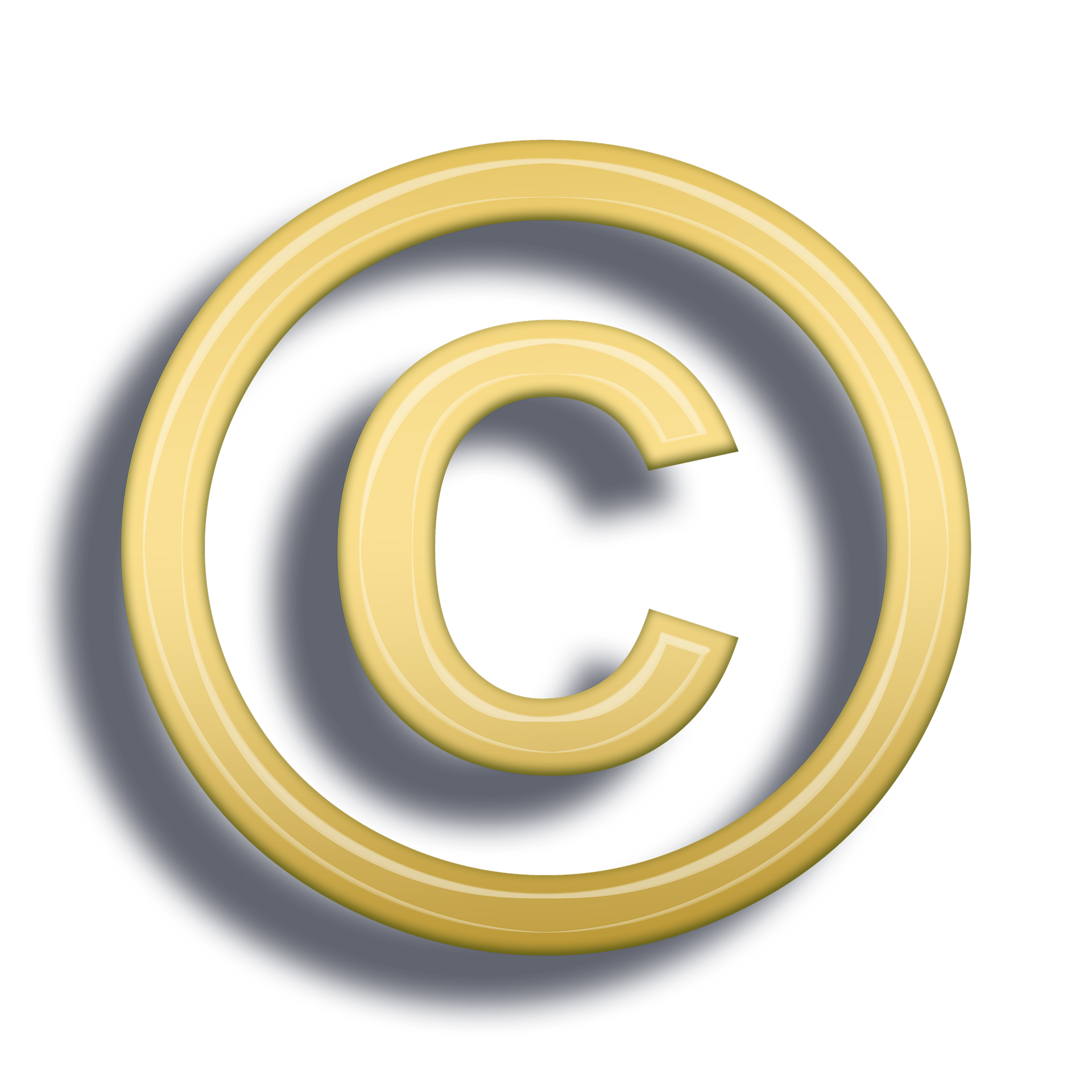Good news, copyright protection is free!
It behooves businesses to be aware of, not only the copyright in their own work but, in order not to infringe a third party’s rights, also copyright which may subsist within the work of third parties.
So, what does Copyright protect?
It is important to note that copyright does NOT protect an idea, it protects the expression of an idea and it is the right to stop others from copying protected works. Copyright cannot however be enforced against the creation of independently created identical works.
Copyright automatically comes into existence upon the creation of an artistic or literary work. Artistic and literary works are not only paintings, drawings, sketches, novels, poems, lyrics or music but can include photographs, diagrams, illustrations, charts, graphs, a unique layout, personal and business letters, reports, promotional and instructional literature, educational material, architectural plans, power point presentations, software code, knitting patterns, etc. Consequently, most, if not all, businesses own some copyright.
Who owns copyright?
Copyright is first owned by the creator of the work, unless it is done in the course of their employment in which case the copyright is owned by their employer. It is also important to understand that if you commission a piece of work, e.g., commission a marketing company to create a logo, or a photographer to take photographs at an event, the ownership of the copyright in the work, unless assigned to you in writing, will belong to the person commissioned not to the person or business who has commissioned the work.
How long does copyright last?
Copyright in most works lasts for 70 years from the end of the year in which the author died. There are however some exceptions to this, most notably, copyright in broadcasts last for 50 years from when the work is first broadcast and layout of published editions of written, dramatic or musical works for 25 years from when the work is first published.
You also need to be aware that a work such as a published song may contain multiple copyrights owned by different persons and with different lengths of copyright, e.g., the tune may be owned by one person and the lyrics by another, a new arrangement by yet another and the recording or broadcast by still another.
How do I prove copyright?
In order to enforce copyright, you first need to be able to prove you own the copyright. To enable you to do this we recommend: –
- keeping records of where and when works are created and when any changes were made, who was involved in their creation, who would have access to them, etc.;
- mark the works with the “C” in a circle device and the date in which the work was created and or improved and the name of the copyright holder e.g., © 2022 MacLachlan & Donaldson. This serves as a warning to others not to copy, or otherwise exploit the work, the work without permission;
- if you commission the creation of works, ensure the copyright is assigned to you in writing.
Using third party works
When using the work of third parties make sure you have the consent of the owner of the copyright by obtaining a license. For example, you cannot simply download an image from the internet and decide to use it in on your website. If consent is not obtained then use of the work may constitute copyright infringement leaving you open to proceedings and a claim to damages, costs or an account of profits.
If, after thorough investigations, you are unable to determine who owns copyright in a piece of work, it may be possible to obtain an Orphan’s Work licence. More details in relation to such licences for use in United Kingdom can be found here or for use in Ireland and European Union here.
For assistance or advice in identifying and protecting your Intellectual Property why not make an appointment with one of our experienced attorneys. Contact us at info@ansons.co.uk

